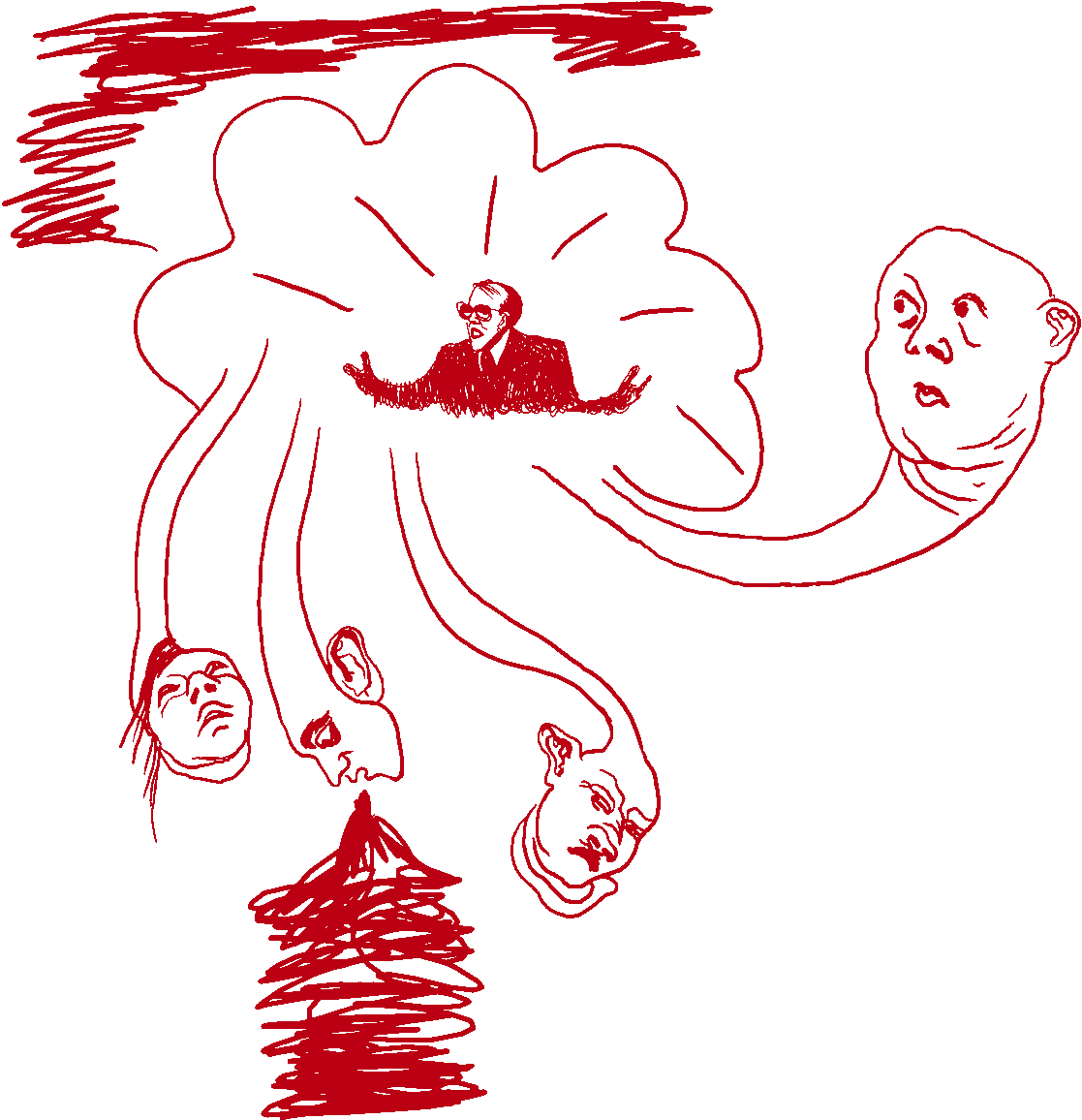Two million years ago, the Grand Cayman Island rose from the depths of the Caribbean Sea and not long after, giant blue reptiles began to roam its shores. With a spiny crest, pre-historic features and striking blue scales, the Grand Cayman blue iguana appears to have lumbered out of a lost world.
Endemic to Grand Cayman, the largest of the Cayman Islands, the impressive reptile holds the title of the island’s largest native land animal. But it was only in 2004 that they were officially declared a species, after being differentiated from their cousins, the West Indian rock iguana.
These unique animals were once ubiquitous on the island, however the arrival of humans, and the invasive predators that came with them, brought deadly threats to the species. Habitat loss, hunting and a wave of feral cats and dogs pushed the lizards, referred to as “blue dragons,” to the brink of extinction. In the early 1990s, researchers estimated there were between 100 and 200 blue iguanas surviving in the wild. But within a decade, those numbers had plummeted, with fewer than 25 individuals remaining in 2002.
Thanks to ongoing conservation efforts, the blue iguana is back from the brink of extinction. Through captive breeding and a habitat protection program, over 1,200 have now been released into the wild, primarily in protected areas. This led to the species being reclassified from "critically endangered" to "endangered" in 2012, according to IUCN's Red List of Threatened Species.
Correction: An earlier version of this gallery included two photos that were a different species of iguana. The images have been replaced.











